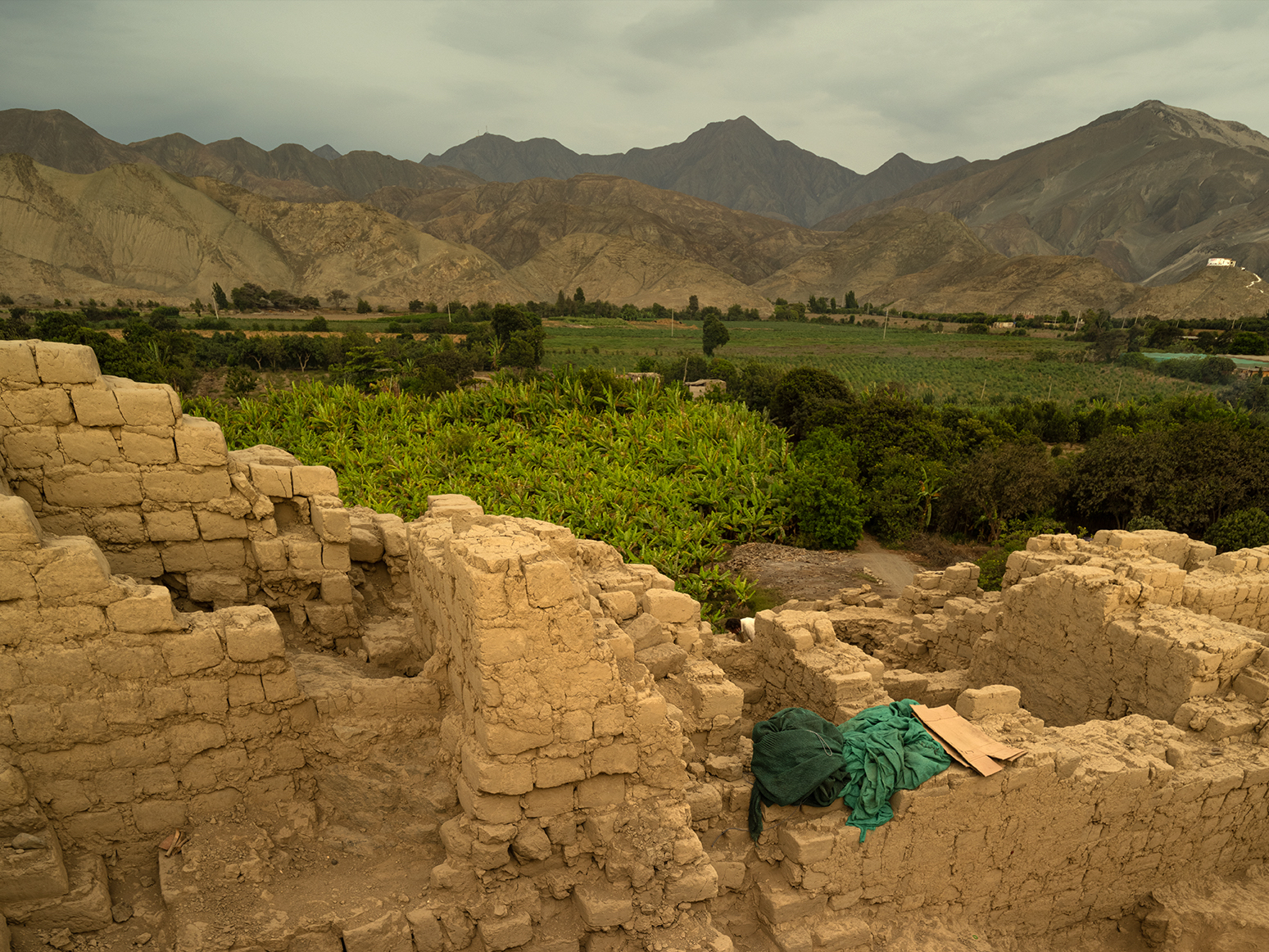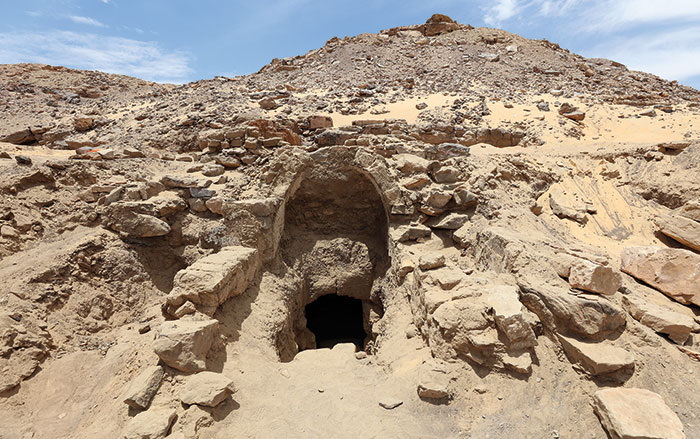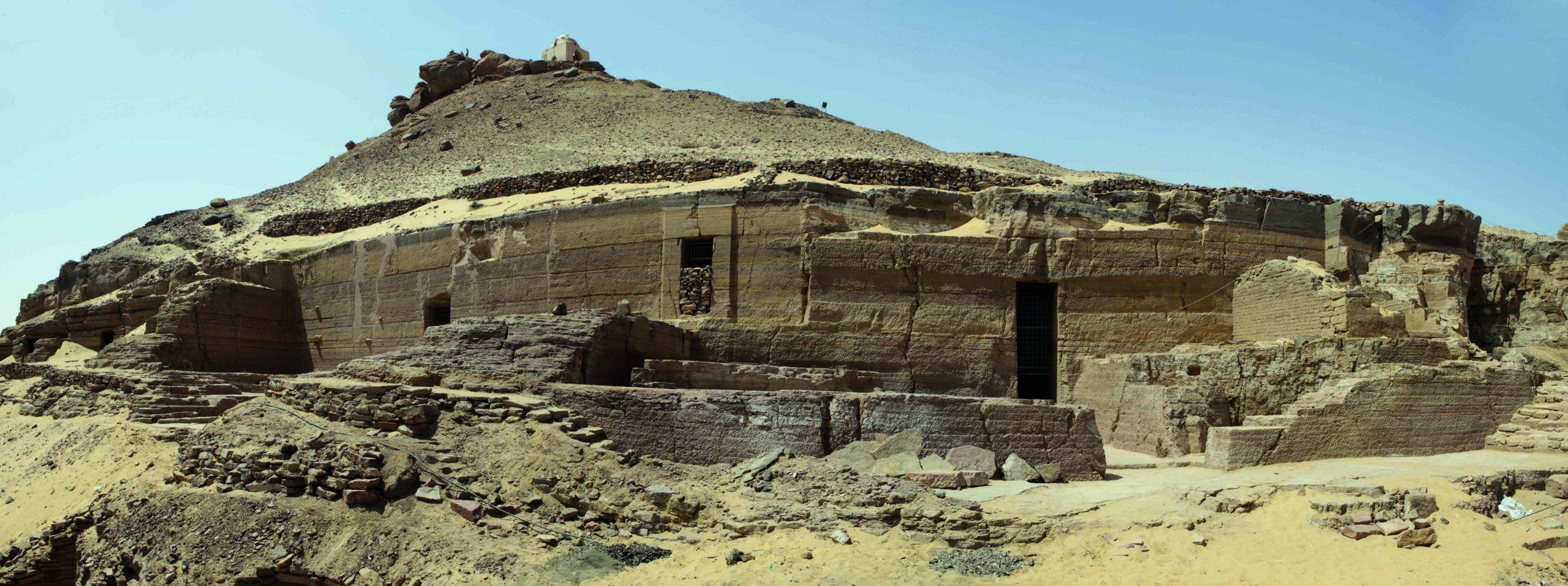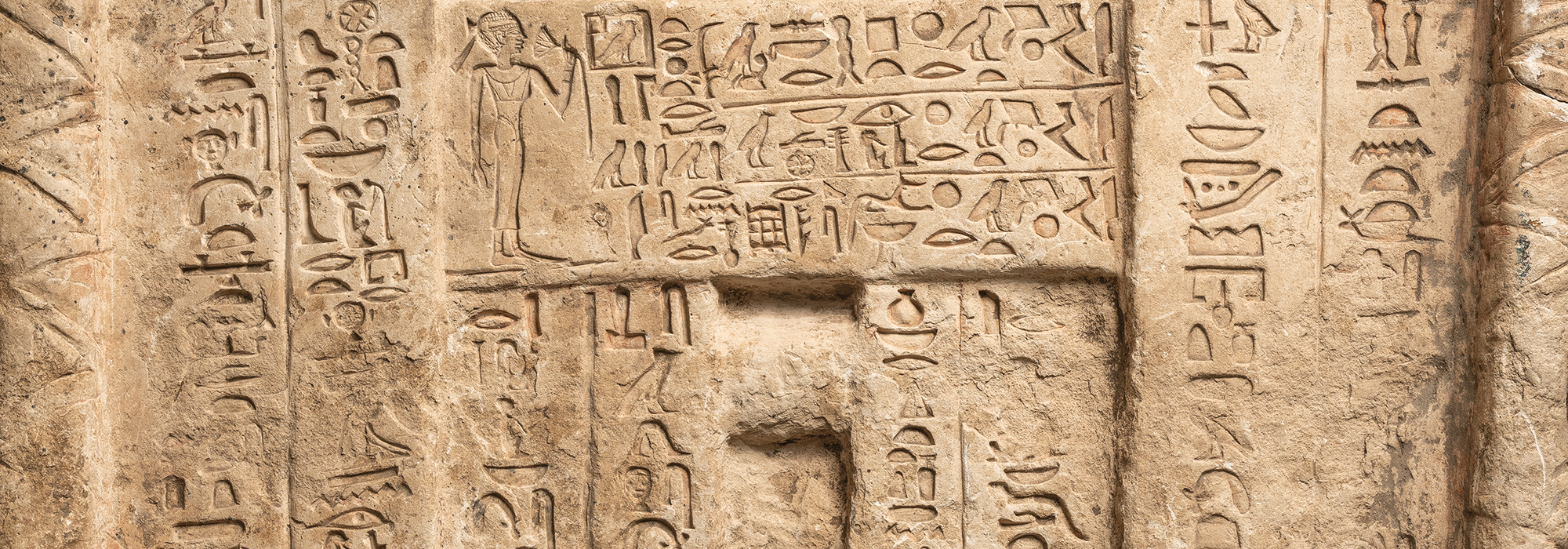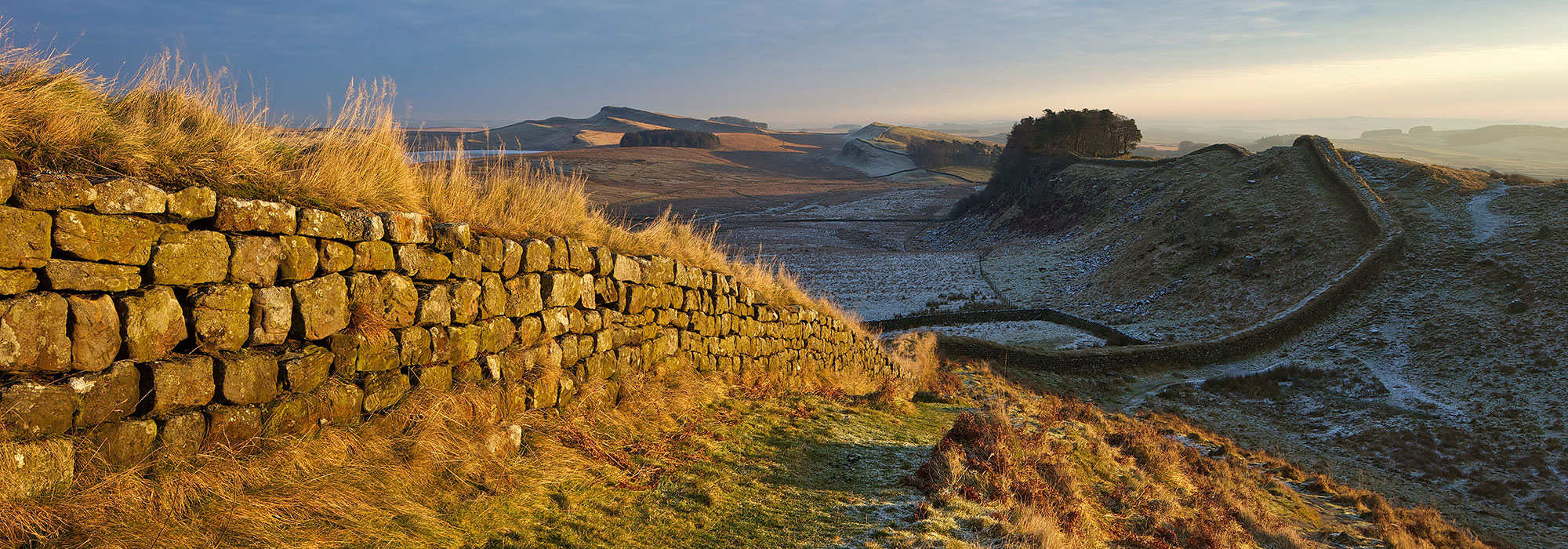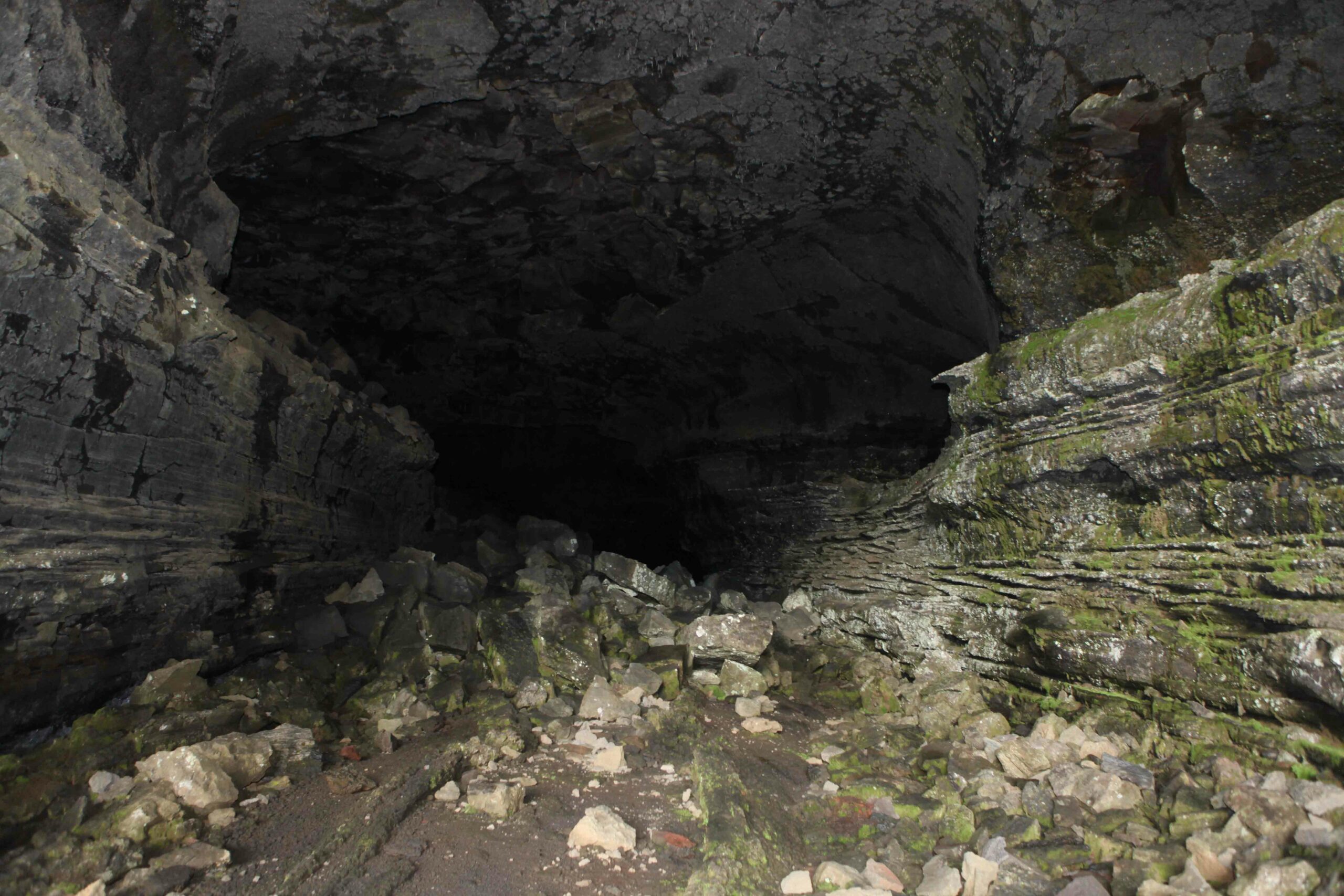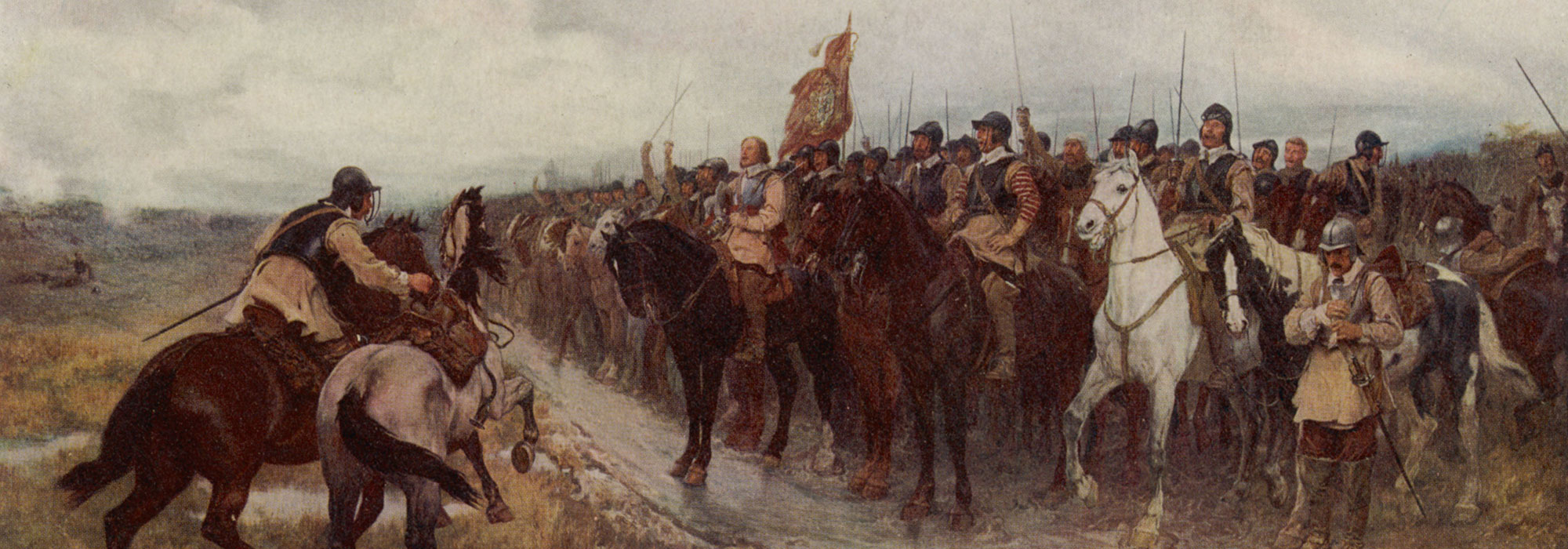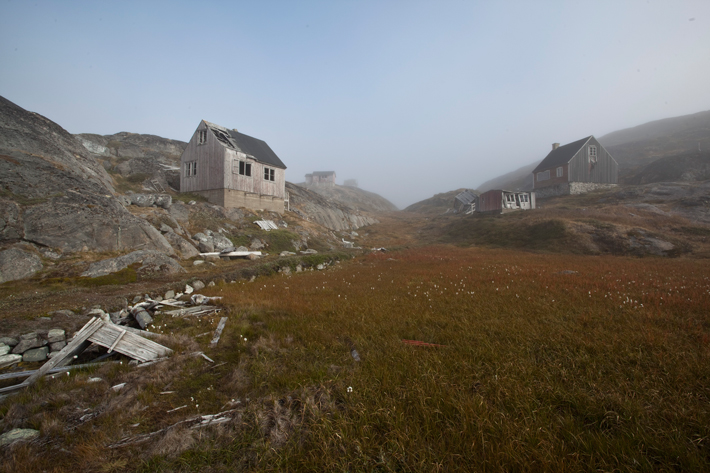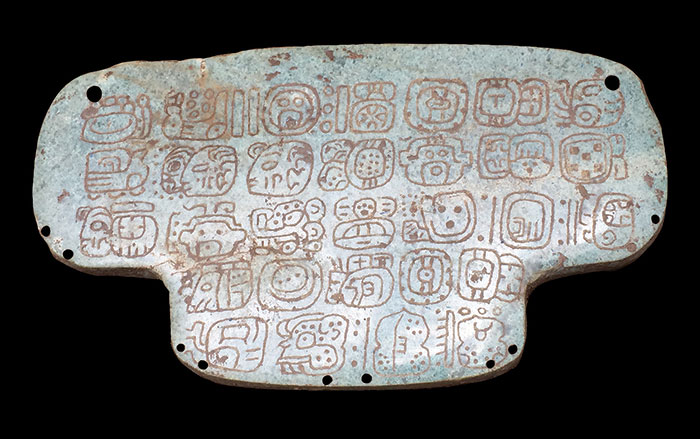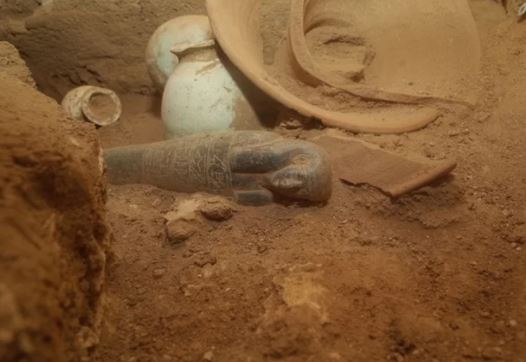
MUNICH, GERMANY—Live Science reports that a 3,400-year-old tomb on Sai Island in northern Sudan has been investigated by a team of scientists with the AcrossBorders archaeological research project. The tomb’s multiple chambers hold the remains of more than a dozen people who may have lived on the island and worked in its gold mines. In addition to the human remains, the team members found scarabs, ceramic vessels, a gold ring, and gold funerary masks. A shabti, or small stone sculpture, discovered in the tomb may have been intended to do the work of the deceased in the afterlife. Inscriptions on the artifacts indicate the tomb had been built for Khnummose, a master gold worker. Julia Budka of Ludwig-Maximillians University said that DNA analysis of the remains in the tomb could reveal any possible relationships between the tomb’s occupants. Tests could also reveal whether the bodies were mummified. Traces of bitumen, a type of petroleum used by the ancient Egyptians in the process of mummification, have been found, but the bodies and coffins are poorly preserved. For more, go to “Miniature Pyramids of Sudan.”


